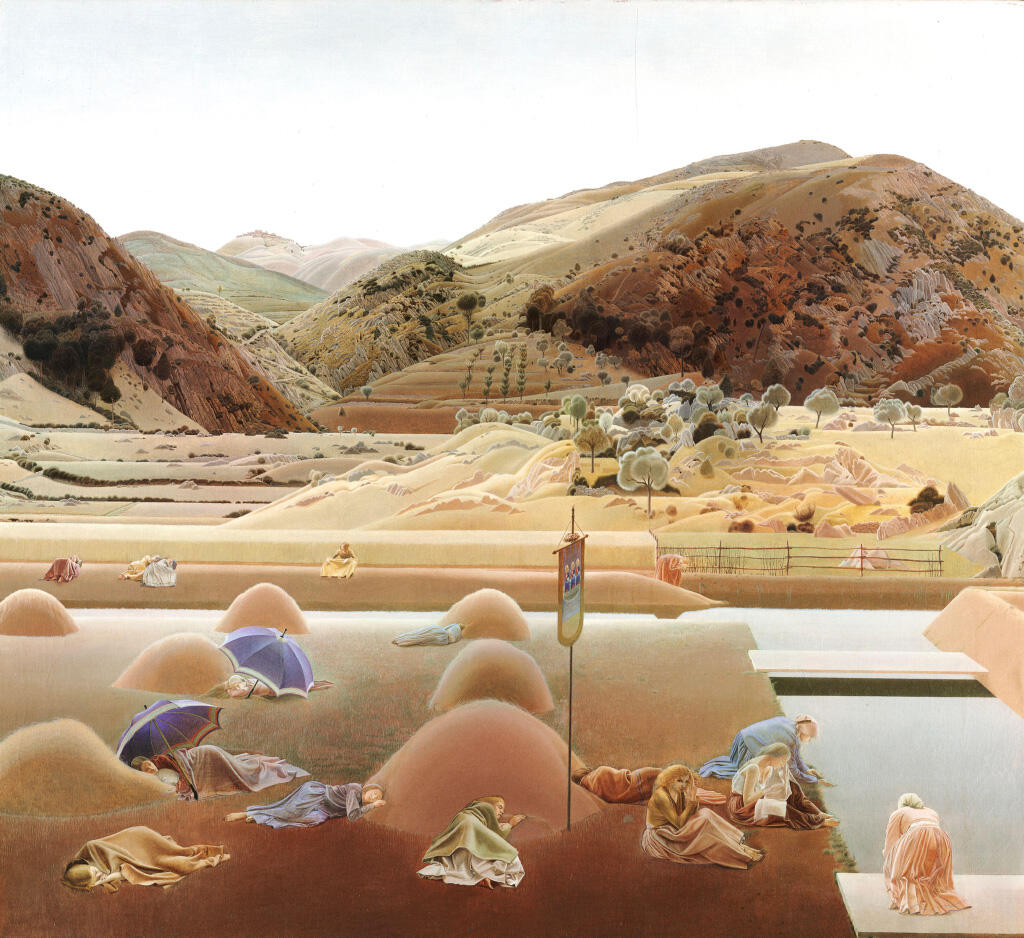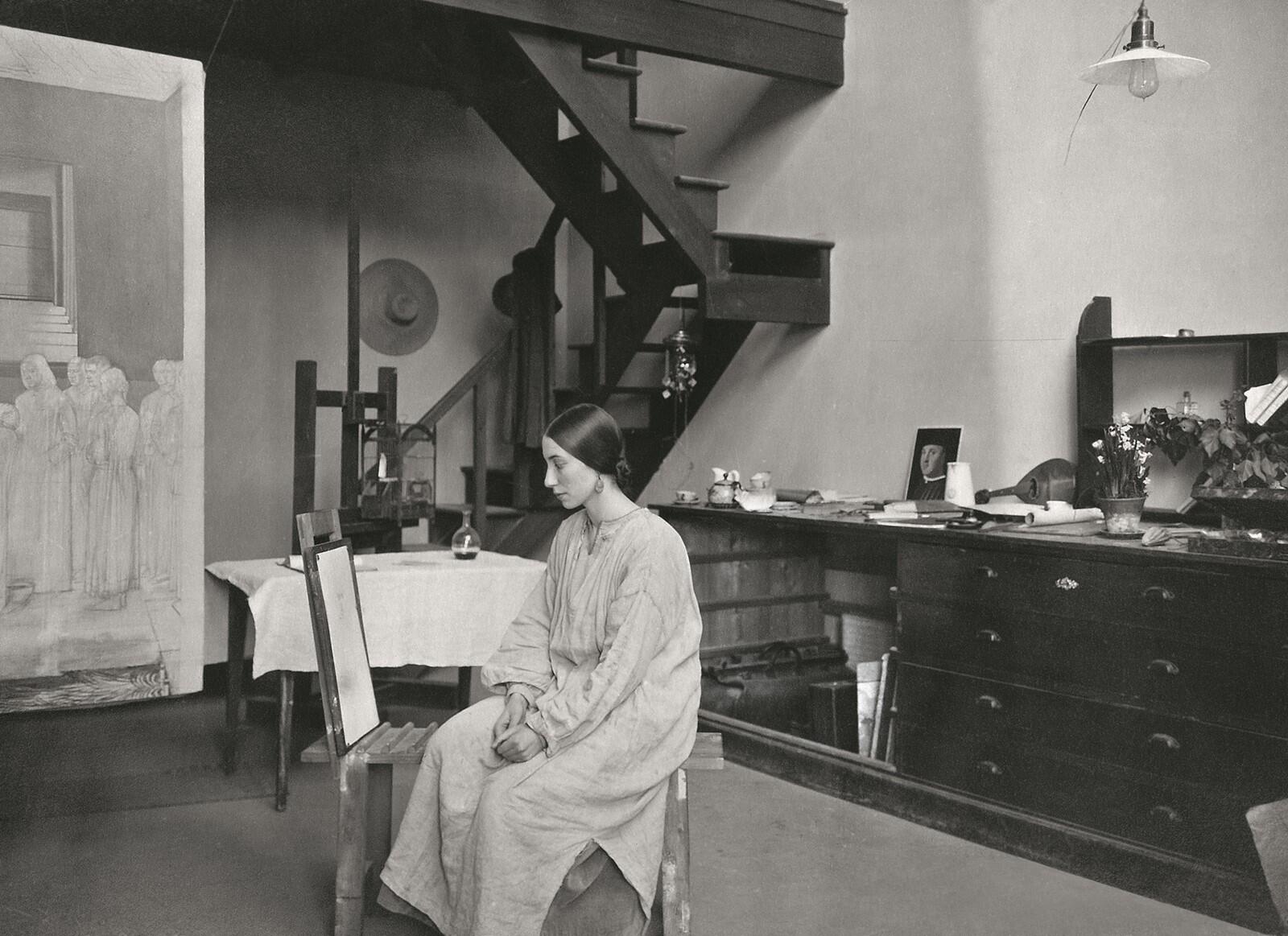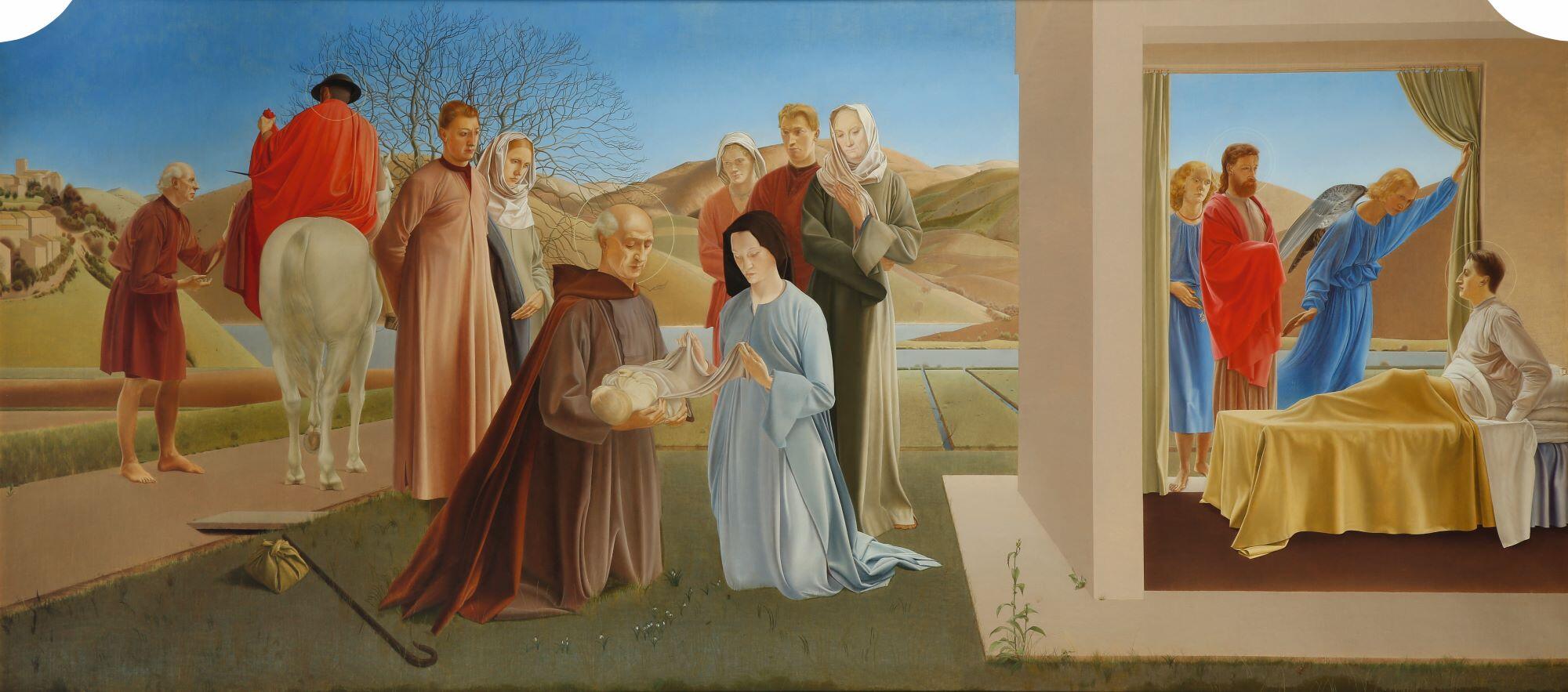Winifred Knights was in a funk. ‘I am exasperated by this beastly school, how I hate it and all the people in it,’ she wrote her mother, on 22 March 1921. This down-beat note differs considerably from the effusive bon mots of earlier letters in which ‘Winks’ related all the ways in which her Rome impressions were ‘delicious’, ‘lovely’, ‘tremendous’ and ‘splendid’.
Even allowing for the convention of niceties, one might surmise that something intervened between Knights’ arrival in Italy in November 1920 and this infuriated account in March 1921. A hint might be in a letter of May 1921 in which she thanks her mother for allowing ‘Arnold’ (Mason, her betrothed) to travel to Rome and assist in saving ‘a lot of bother’ with ‘men all willing to fall in love’. Underlining the remark, she reports ‘An engagement ring is no protection from Artists.’ Another hint at her growing dissatisfaction might be read in her letter of March 1921, when she admits to feeling ‘miserable sometimes because I can’t start work …’ Some five months into her residency she still was struggling to find the inspiration she expected in her new Italian setting.






